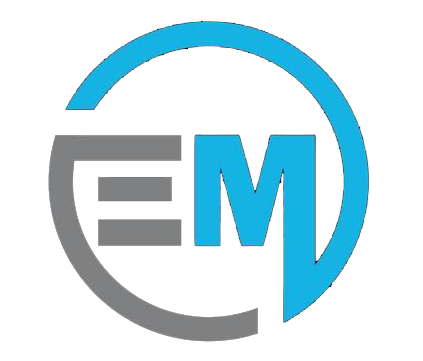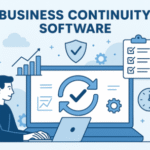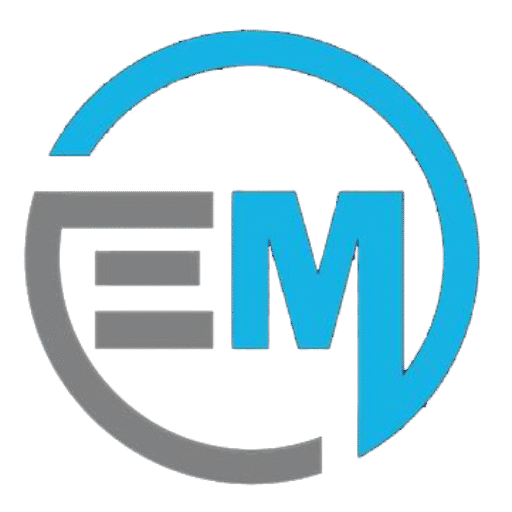Top Collaboration Software in 2025: Streamlining Teamwork for Success
In the age of remote and hybrid work environments, collaboration software has become an essential tool for organizations to ensure seamless communication, task management, and teamwork. With a variety of features designed to enhance productivity and foster innovation, these platforms help teams stay connected, organized, and efficient.
This article explores the best collaboration software in 2024, their standout features, and how they can drive success for businesses of all sizes.
1. What is Collaboration Software?
Collaboration software enables teams to communicate, share resources, and manage projects effectively in a digital environment. These tools combine features like messaging, file sharing, task tracking, and video conferencing to ensure seamless collaboration.
2. Why Collaboration Software is Vital in 2024
Collaboration tools address the challenges of modern workplaces by:
Improving Communication: Real-time messaging and video calls bridge geographical gaps.
Enhancing Productivity: Task management and file-sharing features keep teams organized.
Supporting Remote Work: Tools ensure smooth operations for distributed teams.
Encouraging Innovation: Collaborative environments foster idea-sharing and creativity.
3. Key Features of Collaboration Tools
Look for these essential features in collaboration software:
Real-Time Communication: Chat, video calls, and screen sharing for instant interactions.
Task Management: Tools to assign, track, and prioritize tasks.
Document Collaboration: Cloud-based editing and sharing of files.
Integrations: Compatibility with third-party tools like CRMs, marketing platforms, and analytics.
Security: End-to-end encryption and role-based access control.
4. Top Collaboration Software in 2024
1. Microsoft Teams
Microsoft Teams is a robust platform integrating chat, video conferencing, and file sharing.
Best for: Organizations using Microsoft 365.
Features: Channels for teams, seamless integration with Office apps, and meeting scheduling.
Pricing: Free tier available; premium plans start at $4/user/month.
2. Slack
Slack excels in simplifying communication with its intuitive design.
Best for: Small to large teams seeking streamlined messaging.
Features: Channels, direct messaging, integrations with over 2,000 apps, and file sharing.
Pricing: Free tier available; paid plans start at $7.25/user/month.
3. Asana
Asana is a project management tool designed to help teams track work progress.
Best for: Teams managing complex projects.
Features: Task assignments, timelines, and workflow automation.
Pricing: Free for basic use; premium plans start at $10.99/user/month.
4. Trello
Trello’s board-based design makes it a visual and intuitive task management tool.
Best for: Small teams and creative projects.
Features: Drag-and-drop task cards, checklists, and power-ups for added functionality.
Pricing: Free tier available; premium plans start at $5/user/month.
5. Zoom
Zoom is synonymous with video conferencing, offering exceptional virtual meeting tools.
Best for: Teams prioritizing video communication.
Features: HD video, breakout rooms, and webinar hosting.
Pricing: Free for basic use; premium plans start at $149.90/year/license.
6. Google Workspace
Google Workspace integrates tools like Gmail, Google Drive, and Google Meet.
Best for: Businesses seeking an all-in-one collaboration suite.
Features: Real-time document editing, cloud storage, and calendar integration.
Pricing: Plans start at $6/user/month.
7. Monday.com
Monday.com is a flexible platform for managing tasks and workflows.
Best for: Teams needing customizable workflows.
Features: Visual dashboards, automation, and cross-team collaboration.
Pricing: Plans start at $8/user/month.
8. Basecamp
Basecamp simplifies team collaboration with an emphasis on organization.
Best for: Small teams and startups.
Features: To-do lists, message boards, and document sharing.
Pricing: Flat rate of $99/month for unlimited users.
9. ClickUp
ClickUp is an all-in-one productivity platform for task management and collaboration.
Best for: Teams seeking versatility and affordability.
Features: Customizable views, goal tracking, and time management.
Pricing: Free tier available; paid plans start at $5/user/month.
10. Notion
Notion combines note-taking, project management, and collaboration in one tool.
Best for: Teams needing a flexible workspace.
Features: Templates, databases, and shared workspaces.
Pricing: Free for personal use; team plans start at $8/user/month.
5. How to Choose the Right Collaboration Software
Team Needs: Assess whether you need more focus on communication, task management, or both.
Budget: Compare costs, including potential add-ons or premium features.
Ease of Use: Choose tools that are intuitive and require minimal training.
Integration Capabilities: Ensure compatibility with your existing software stack.
Scalability: Select platforms that can grow with your team.
6. Future Trends in Collaboration Tools
AI-Driven Insights: Predictive analytics to enhance team productivity.
Hybrid Work Solutions: Features designed for seamless office and remote work transitions.
Virtual Reality (VR): Immersive collaboration spaces for brainstorming and meetings.
Enhanced Security: Advanced encryption and compliance with global data protection standards.
Conclusion
Collaboration software is a cornerstone for modern teamwork, offering tools to communicate, manage tasks, and share ideas effectively. Platforms like Microsoft Teams, Slack, and Asana provide diverse solutions to meet the unique needs of organizations. Choosing the right tool can streamline operations and ensure success in today’s dynamic work environment.




